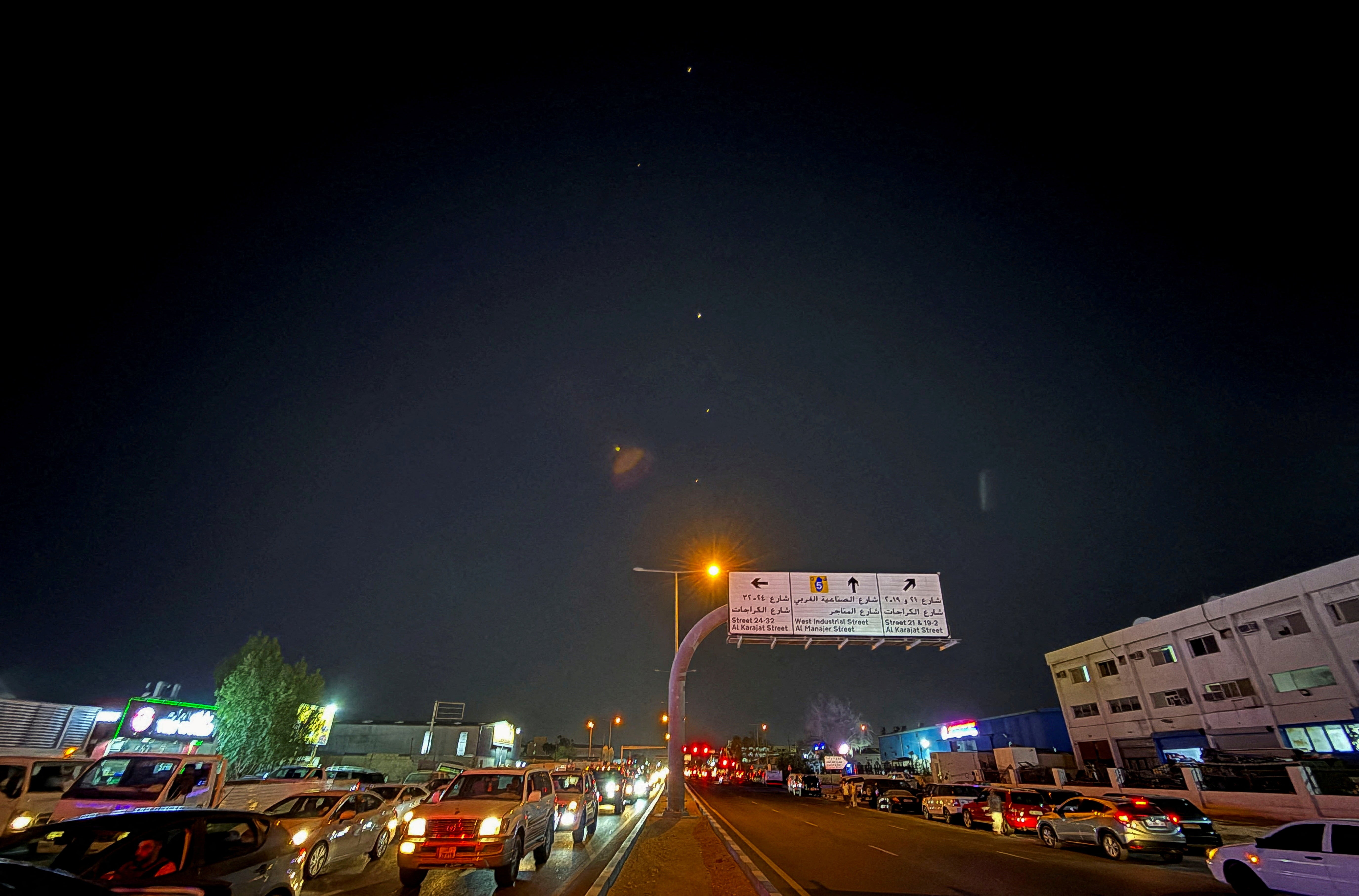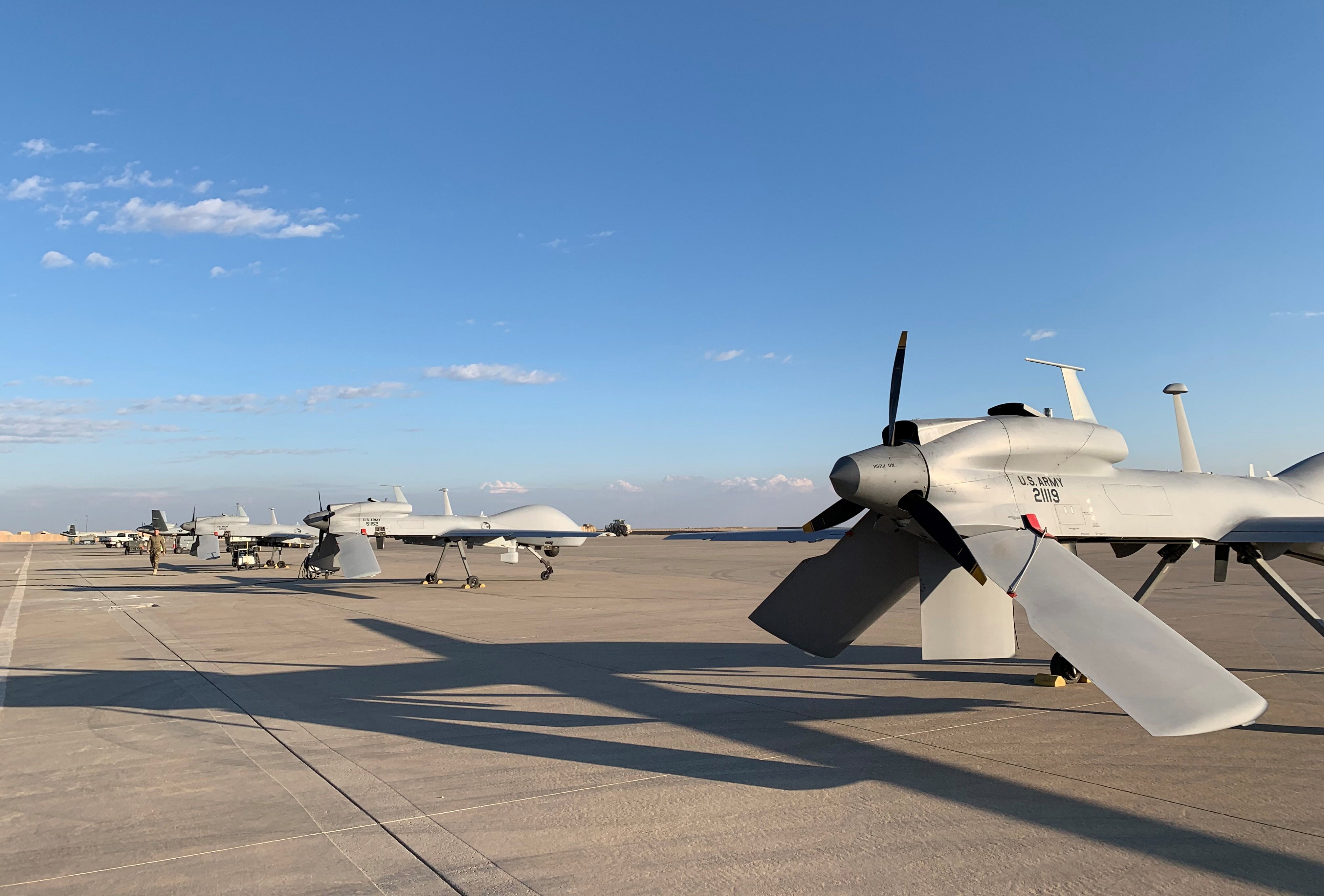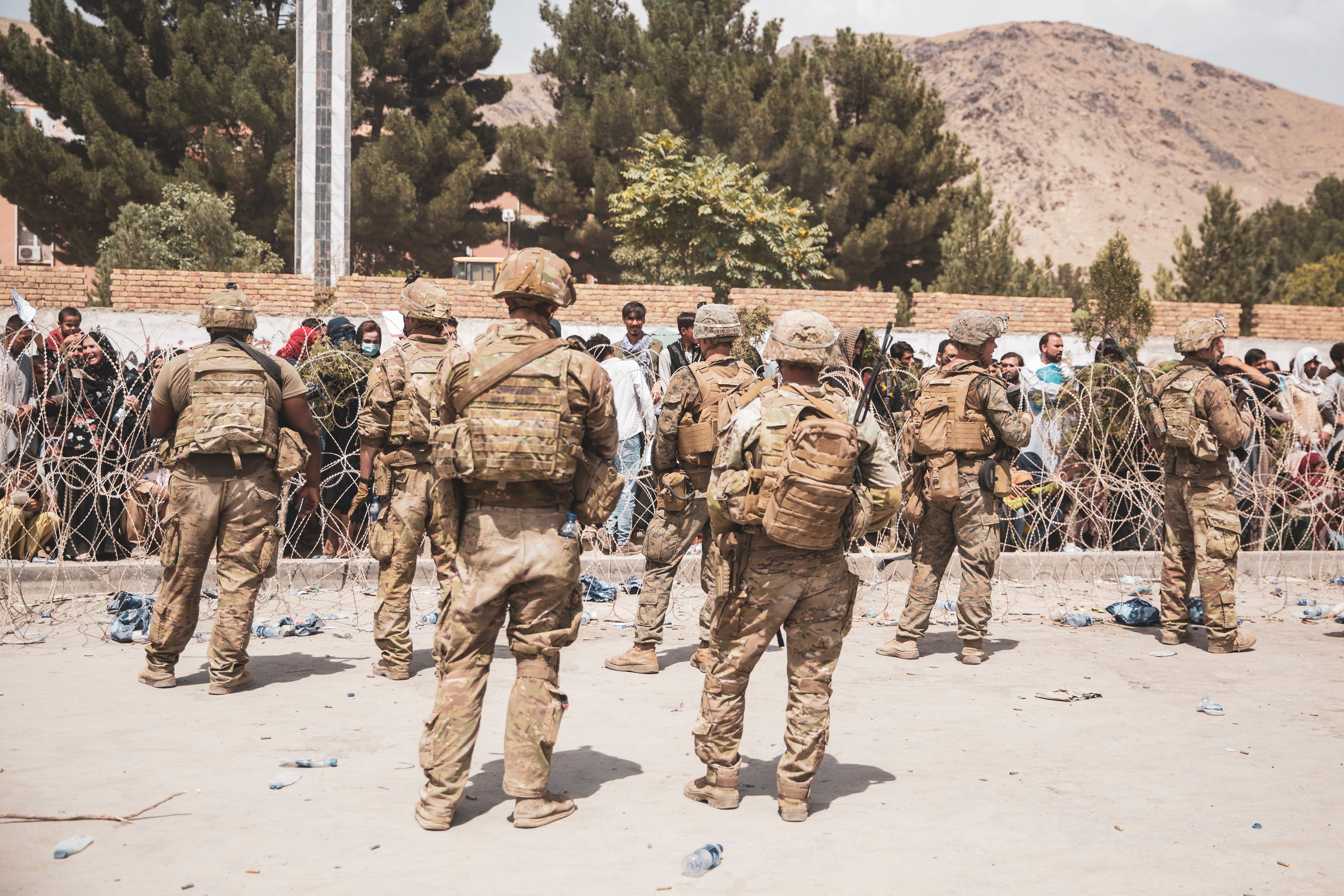Tehran has launched missile strikes against a US base in Qatar after vowing to retaliate against attacks on Iranian nuclear facilities.
Witnesses reported seeing missiles in the skies above the Qatari capital of Doha on Monday followed by explosions. A US official said the missiles had been successfully intercepted and no casualties were reported.
It comes after US forces directly attacked Iran’s three main nuclear sites following weeks of threats by Donald Trump.
Click here for the latest on the Middle East conflict
Mr Trump claimed to have “completely, totally obliterated” Iran’s nuclear programme in a series of missile strikes and bombings. It came days after he gave himself a two-week deadline to make a decision on the attack.

“The Americans should know that any US military intervention will undoubtedly be accompanied by irreparable damage,” supreme leader Ali Khamenei said in a televised address on Wednesday. “The US entering in this matter [war] is 100% to its own detriment. The damage it will suffer will be far greater than any harm that Iran may encounter.”
The US has long had major military bases in the Gulf Arab States. It moved some aircraft and ships last week that may be vulnerable to a potential Iranian attack and limited access to its largest installation, Al Udeid Air Base in Qatar.
Can Iran’s missiles reach US bases?
Iran has utilised medium-range missiles, with a range of up to 1,240 miles, and short-range missiles, up to 435 miles.
US officials say that Iran has depleted its medium-range stockpile, with few remaining, but it still maintains ample short-range capabilities.
Several US military bases lie within reach of Iran’s short-range weapons, according to estimates by the CSIS Missile Defense Project in the New York Times.
These include bases and military sites in Kuwait, Iraq, Qatar, Oman and the United Arab Emirates — all of which may be at risk of Iranian retaliation with short-range weapons.
In the wider region, the US operates a broad network of sites across at least 19 locations, according to the Council on Foreign Relations.
Eight are permanent, including in Bahrain, Egypt, Iraq, Jordan, Kuwait, Qatar, Saudi Arabia and the UAE. Tens of thousands of US troops are stationed across the Middle East, in Arab Gulf countries just across the Persian Gulf from Iran — and much closer than Israel.
Those bases boast the same kinds of sophisticated air defences as Israel, but would have much less warning time before waves of missiles or swarms of armed drones. And even Israel, which is several hundred kilometres further away, has been unable to stop all of the incoming fire.
Iran could also choose to attack key oil and gas facilities in those countries with the goal of exacting a higher price for US involvement in the war. A drone attack on two major oil sites in Saudi Arabia in 2019 — claimed by the Houthis but widely blamed on Iran — briefly cut the kingdom's oil production in half.
Bahrain
Naval Support Activity Bahrain (NSA Bahrain) is home to the US Naval Forces Central Command and United States Fifth Fleet.
The deep-water port can America’s largest military vessels including aircraft carriers. Four anti-mine vessels, two logistical support ships and several US Coast Guard vessels have a home port in Bahrain.
Britain’s Royal Navy opened and operated the port during the 1920s, and the first US military presence was established when they joined World War 2. After the war it was recognised as a US Navy site.
Iraq
Iran said it has launched missile strikes against American bases in Iraq, but the extent of damage remains unclear.
The US has a number of military bases in Iraq, including two air fields - the Al-Harir and Al Asad air bases - and dozens of camps and outposts. These bases were repeatedly targeted by pro-Iran militant groups after Israel’s invasion of Gaza in October 2023.
At the height of the US occupation of the country from 2003 until 2011, there were reportedly 170,000 US personnel stationed in 505 bases across the country.
In January 2024, the Iraqi government requested a start to negotiations on ending the US military presence in Iraq, as regional tensions grew due to the situation in Gaza.

Kuwait
Kuwait plays host to several US installations, including two air bases, alongside a number of other outposts.
Ali Al Salem Air Base is home to the 386th Air Expeditionary Wing, one of the main hubs for delivering combat support in the region.
Qatar
Qatar’s Al Udeid AIr Base is the largest of its kind in the region, according to the Reuters news agency. It includes components of Central Command (Centcom), and elements of its air forces and special operations forces in the Middle East.
The 379th Air Expeditionary Wing, which includes “airlift, aerial refueling intelligence, surveillance, and reconnaissance, and aeromedical evacuation assets,” AFP reports.
Iran launched missile strikes against American bases in Qatar on Monday and The Independent understands Doha may have been given a prior warning of the attack. A US official said the missiles had been successfully intercepted and no casualties were reported.
Al-Udeid Air Base, which is located in the desert outside the capital Doha, hosts around 10,000 US troops. It serves as the forward headquarters for US Central Command, which directs American military operations across a vast area stretching from Egypt in the west to Kazakhstan in the east.
Saudi Arabia
The Prince Sultan Air Base is a major site which hosted a large US presence during its war in Iraq, and from which the US air force still operates.
Elsewhere, the Eskan Village near Riyadh serves as a housing facility for US military personnel, largely those who are under training.

United Arab Emirates
Al Dahfra Air Base is home to the US 380th Air Expeditionary Wing, which has 10 aircraft squadrons and holds MQ-9 Reaper drones.
The base also hosts the Gulf Air Warfare Centre for air and missile defence training.
Egypt
The US does not hold any major combat bases in Egypt, but there are a number of military facilities stationed in the country.
Naval Medical Research Unit Three is based in Cairo, conducting research on infectious diseases and their prevention, and hosting the department of defence’s largest overseas laboratory.
Jordan
The Muwaffaq Salti Air Base in Jordan was allocated $143 million for upgrades and expansion in 2018.
It hosts military partners including Germany, the Netherlands and Belgium, with two runways almost 10,000 feet long.
Has Iran attacked the bases before?
US forces have been attacked on several occasions by Iran-backed forces since the outbreak of the latest war in Gaza and the subsequent conflicts with other state and non-state actors in the wider region.
In January 2024, three American soldiers were killed and dozens more injured after a one-way attack drone hit the military base Tower 22 in Jordan, near the Syrian border.
US officials blamed the Islamic Resistance in Iraq, an umbrella group of Iran-backed militias, for the attack.







